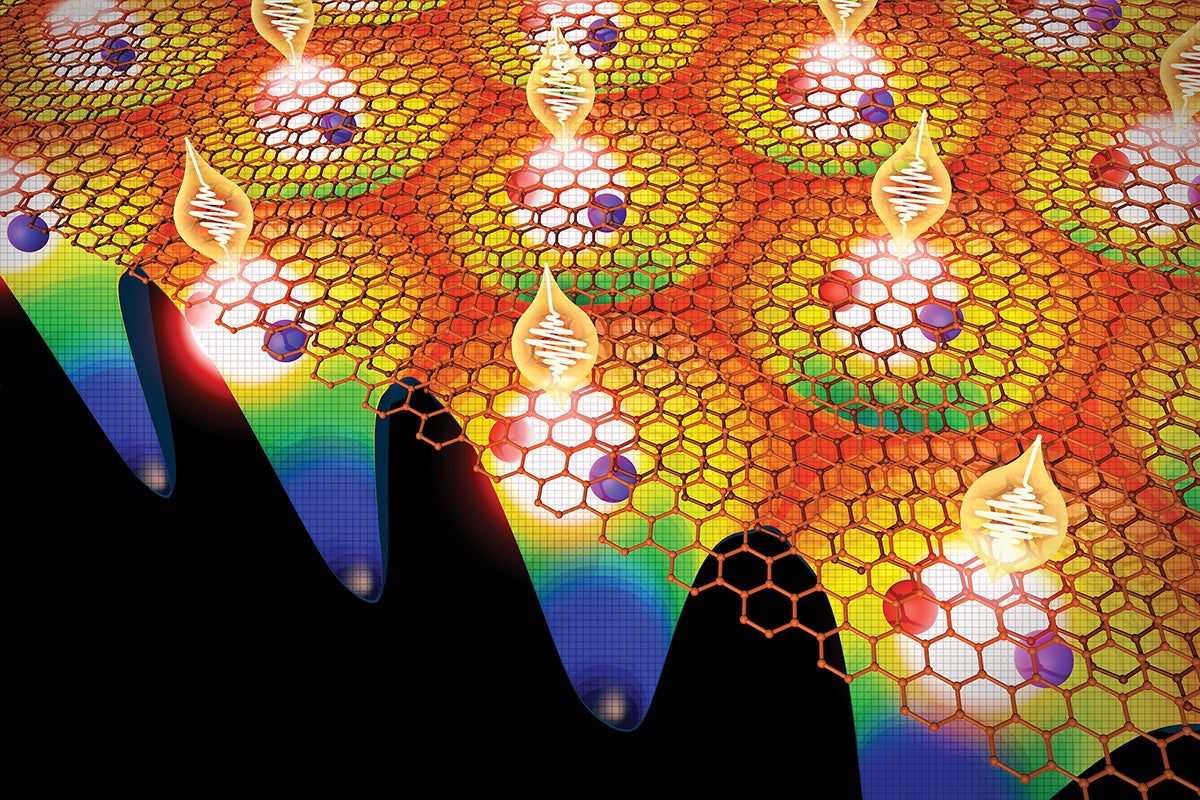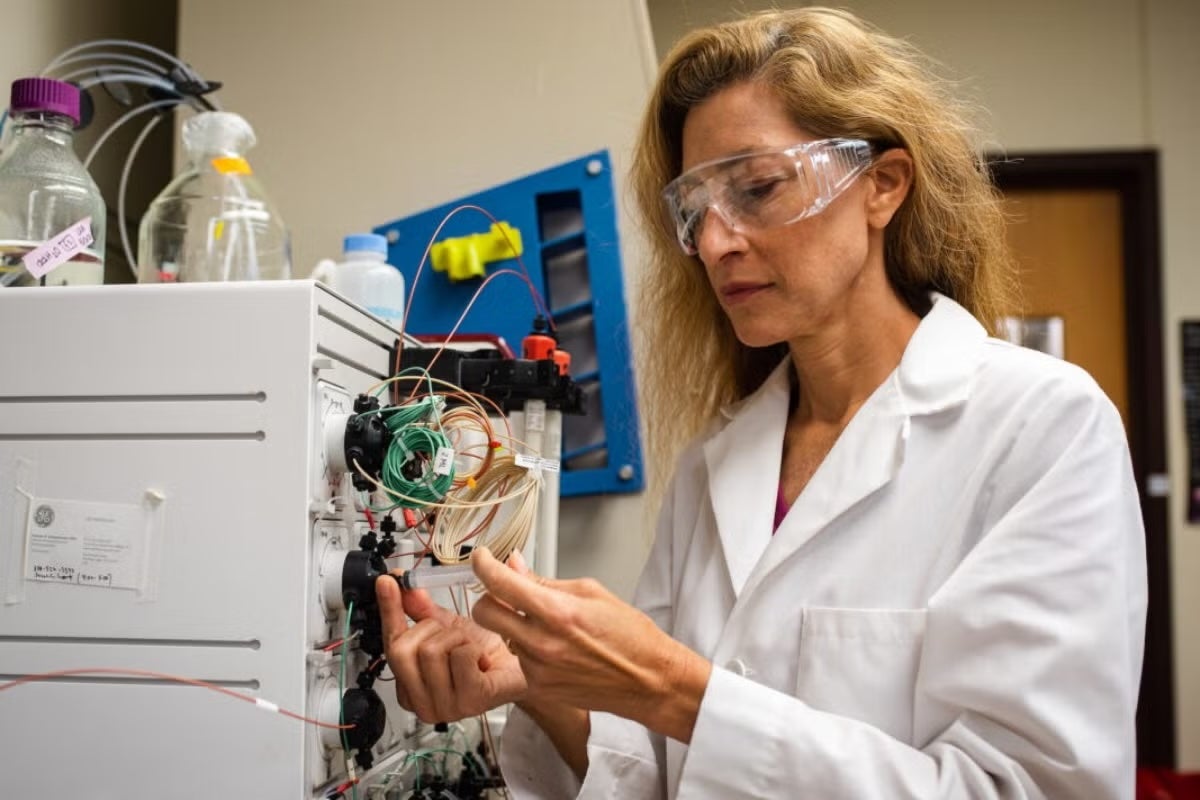Scientists Map a Complicated Ballet Performed in Our Cells

This figure demonstrates the organization process of a chromosome. Chromosome Droplets are formed during this process and act as a basic packaging unit of the chromosome. Their structures are maintained by the glassiness of the chromosome. In this image, the red and blue are repressive and active loci, respectively. Image credit: The University of Texas at Austin.
For years, scientists have looked at human chromosomes, and the DNA they carried, poring over the genetic code that makes up every cell for clues about everything from our eye color to congenital diseases. In a new study, however, scientists have demonstrated the movement of chromosomes within cells also may play a role in human traits and health.
In a paper just published in Nature Communications, scientists at The University of Texas at Austin have mapped the movement of a chromosome, using computer modeling to show how billions of base pairs of DNA get packed into an impossibly small space without getting tangled. For the first time, they showed that the movement is sluggish and glass-like, differing from one cell type to the next and even among cells of the same type. Understanding this movement better could have big implications for the study of genetic diseases, human health and gene editing.

This image shows both the 1) coherent motion and 2) heterogenous dynamics of loci. The main figure shows the displacement field of chromosome loci. The length and color of each arrow indicates the magnitude and direction of loci’s movements. It shows the coherent motion of different regions inside the chromosome. Two small figures show the typical trajectories taken by fast and slow loci whose mobility can be very different. These two small figures show the heterogeneity of individual loci’s dynamics. Image credit: The University of Texas at Austin.
The team chose to look at chromosomes 5 and 10, mapping how each moved. Genes found on chromosome 5 are associated with some forms of leukemia, Parkinson's disease and aspects of male infertility. Genes on chromosome 10 are associated with types of porphyria, a blood disease; glioblastoma, an aggressive brain cancer; and a type of congenital deafness. In the model, it was clear that the movement of each chromosome changed, depending on the cell. For example, chromosome 5 in one cell could move very differently, more slowly perhaps, than in another cell.
Thirumalai suggests thinking of DNA like a book with a recipe for a human, where the piece of information you need is on page 264. Reading the code is easy. But we now understand that the book is moving through time and space. That can make it harder to find page 264.
"Gene expression, one of the most important biological functions of cells, is a dynamic process rather than a static state," said Shi. "For every gene to be expressed in human cells, the distant regions of the chromosome must come into contact. When these dynamical processes are disrupted, cells may die due to the failure of expression of a few crucial genes or sometimes becomes a cancerous cell."
How long it takes for chromosomes to meet, when they meet and how long they remain in contact—things that studies like this one reveal—may improve scientists' understanding of certain diseases, Shi said. The researchers hope to continue studying the dynamics of different types of chromosomes and exploring whether abnormal cells, like cancer cells, have different dynamics.
"It would be very interesting to see if the chromosomes in a cancer cell, where there is some mutation, if the movement is different," Thirumalai said.
Researchers with the Korea Institute for Advanced study also contributed to the research. Funding came from the National Science Foundation and the Collie-Welch Regents Chair at the University of Texas at Austin.



